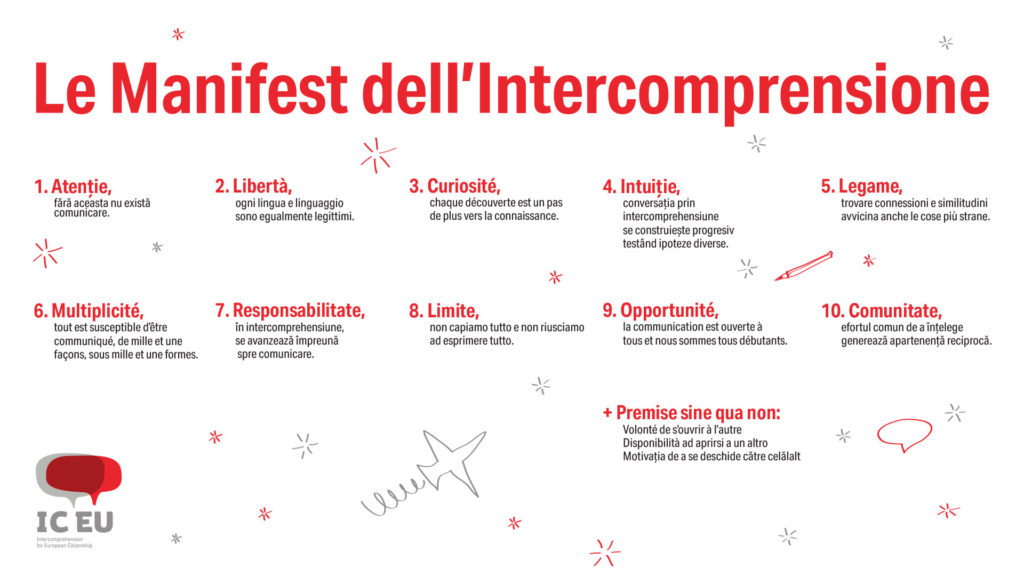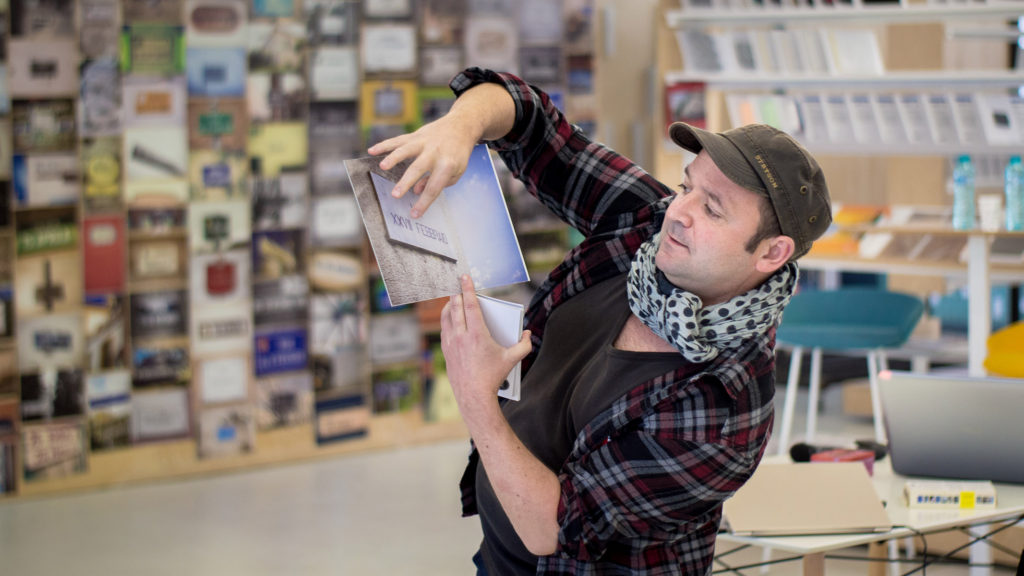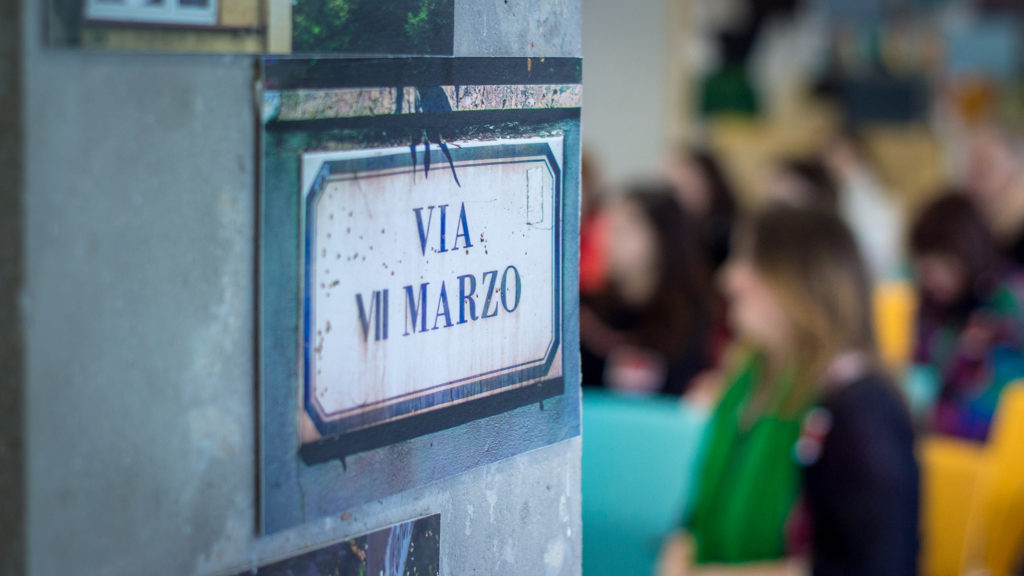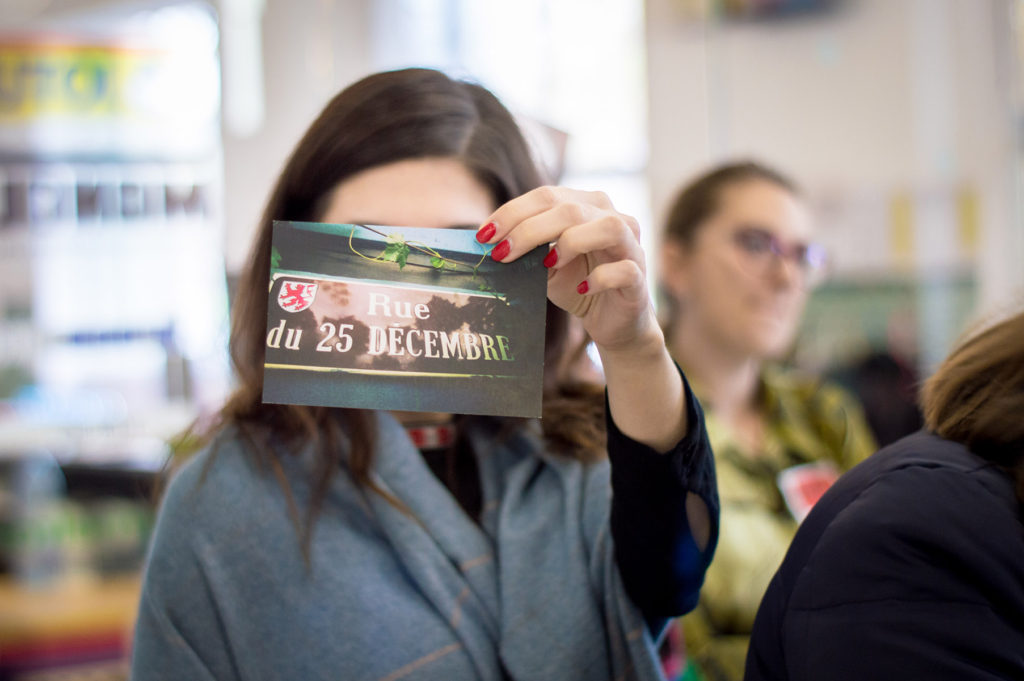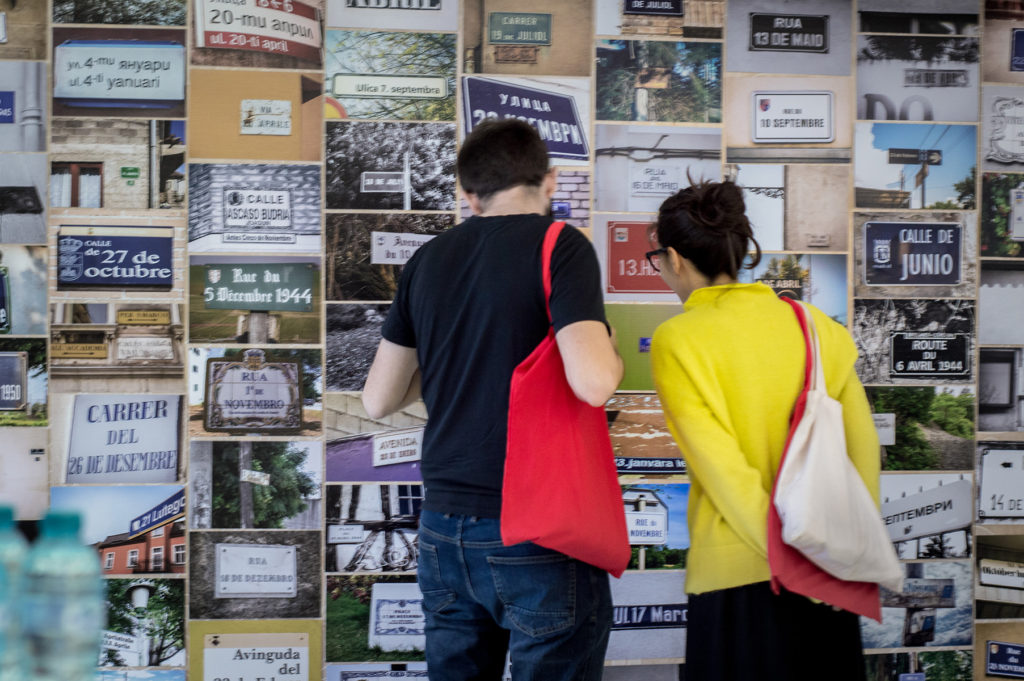A collection of activities for plurilingual conversations.
Intercomprehension works best when you follow the principles of Le Manifest dell’Intercomprensione. We’ve created this instrument to highlight the importance of practicing an attitude showing open-mindedness, curiosity and empathy towards your interlocutor for an intercultural conversation.
The IC EU Book, the videos and the 365 et culture exhibition can be used by trainers, educators, facilitators, team leaders or project coordinators for intercultural education.
The materials are available to all who wish to engage with young people and encourage them to overcome language barriers and make the most of their opportunities as citizens of the European Union.
The IC EU Book features the results of our experience as trainers, linguists and project coordinators working together to promote the use of intercomprehension as a tool for human rights and European citizenship education in the field of youth. The content is structured in three main chapters: Theory, Methodology and Intercomprehension experiences.
In our attempt to encourage readers to experience intercomprehension, the content is plurilingual – in Romanian, French, Italian. An English version is also available.
